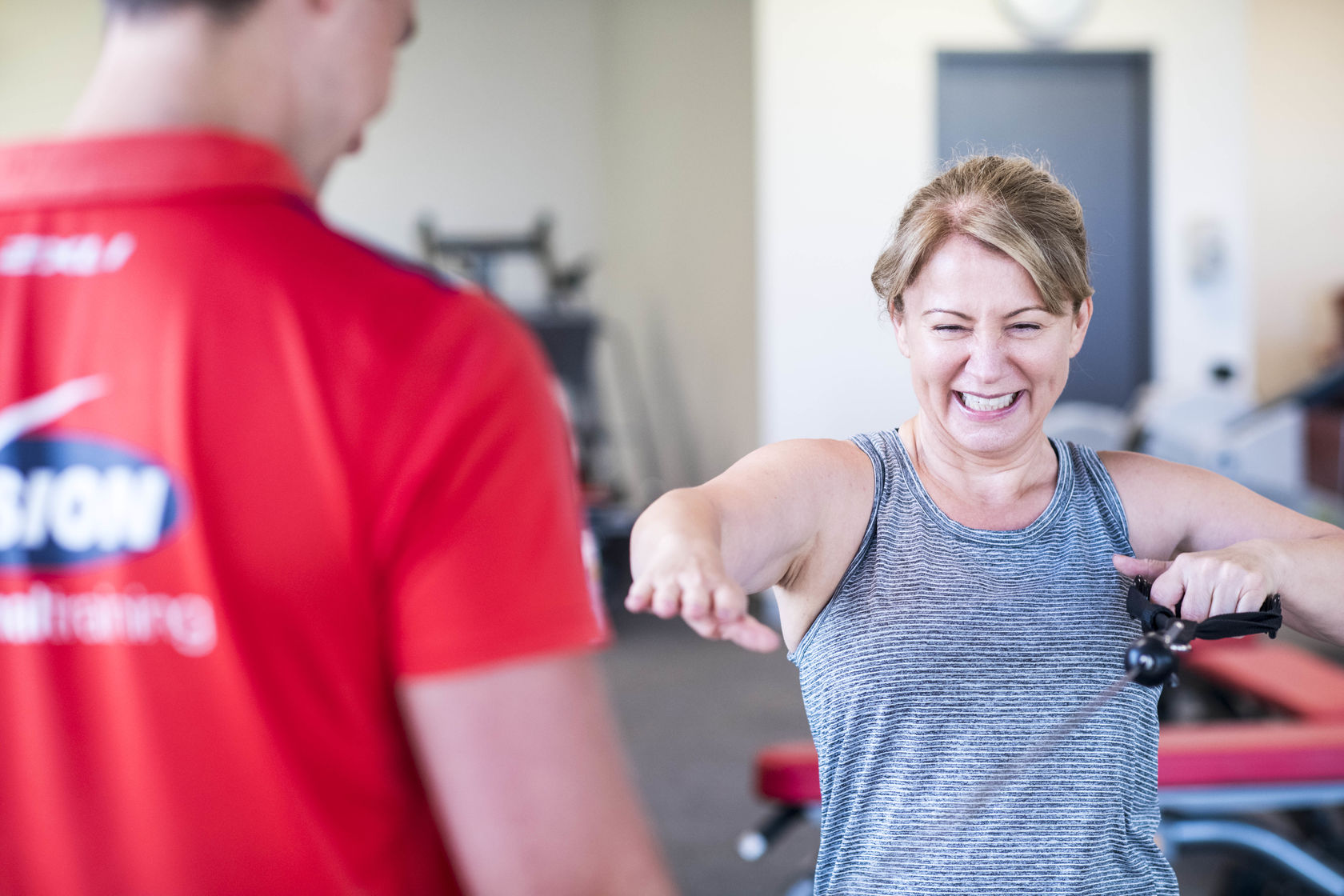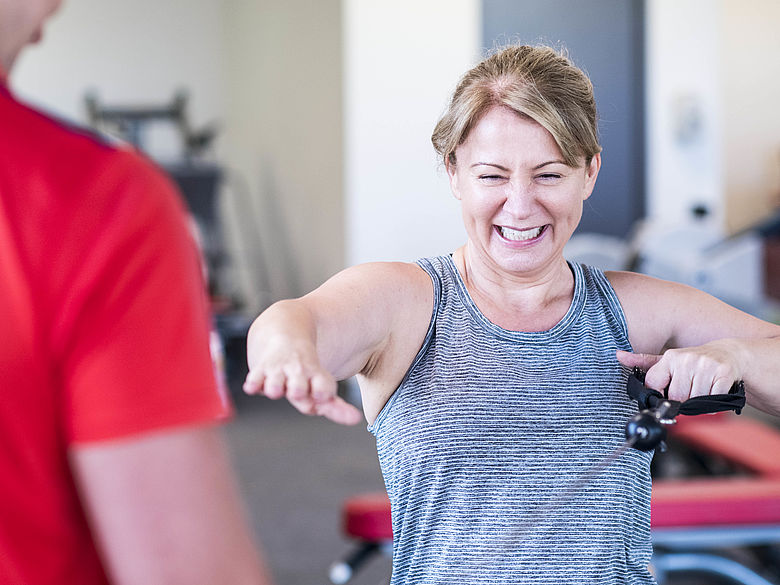"Activate your core" …have you heard this before?
In this article you'll learn why your trainer is always telling you to activate your core, an insight into my history as to how I overcame my back injury with core exercises and why core strength is so important.
My history
In August 2015 lifting a steel frame at the factory I was working in at the time, I suffered a right paracentral protrusion (bulged disc on my L5), which was pressing on the s1 nerve root, caused by an annular fissure (tear in the disc) in the L5 disc. During this time, I experienced constant sciatic pain down the side of my right leg no matter the time of day or what I was doing.
For the first 3 months my lower back was strapped by my physio to prevent any forward flexion. During this time, eager to make a full recovery from my injury, I completed all the stretches/exercises prescribed to me, even though it was hinted that the chances of a full recovery were slim to none by both my doctor and physio.
After the first 3 months had past I felt a little better but still had sciatic pain down the side of my leg, having had some experience in Pilates I began adding core exercises to my morning routine gradually building on the difficulty and duration of the core exercises, starting with 3 to 4 minutes each morning, eventually building up to 15 to 20 minutes each morning. It was very slow, but gradually I began to experience one day a week when I didn't suffer from sciatic pain. I continued training my core to make it stronger, and as the days with sciatic pain gradually began to decrease, eventually I was confident enough to start doing some deadlifts. I began with light deadlifts to strengthen my posterior chain (all the muscles through the back of the body) as well as continuing my core exercises daily.
After 2 years of this training I achieved a complete recovery and now have no sciatic pain whatsoever. I am now stronger and lifting more than ever before.
So, what is your core?
There are many muscles in your core (as shown on diagram below), the main muscles are your glutes, hip flexor group (adductors are one), transverse abdominis (underlaying your rectus abdominis/6-pack muscles), obliques (internal/external), erector spinae and multifidi's (travels up your spine), quadratus lumborum (lower back), and latissimus dorsi.

Why is your core important?
Your core muscles provide stability to your spine and pelvis allowing you to move effectively without excessive pressure on your joints and ligaments.
Strength and power originate in the core of the body. When the trunk, torso and pelvis are strong and stable, power is then transferred to all other muscles.
How do I activate my core?
Are you sitting right now? Are you slouched or sitting upright with good posture? Just by correcting your posture while you sit you are activating many of these core muscles. My favourite way to show someone how to activate their core is lying down. So, if you're reading this from home find an open space on the floor and try to do the following, otherwise just imagine it.
Lying with flat back on the floor, if you are relaxed you will have a natural arch in your lower back where there is a gap between your lower back and the floor. To activate your core, you want to roll your hips back and close the gap between your lower back and floor, while you do this you should exhale and suck in your belly button towards your spine. This is the feeling of core activation and what we want to replicate on almost any weight bearing exercise we do. If you are still unsure you are activating your core, think about how you would tense up as if you were about to be whacked in your stomach.
What exercises are good for my core?
Any exercise that creates instability and forces you to engage your core, this could be anything from balancing on one foot and moving a small amount whilst trying to maintain balance, to holding a good form plank or even just doing a squat or deadlift correctly. Ask your trainer about other exercises to ensure you can be shown the correct way to perform each exercise.
Mistakes people commonly make training core
Over training your rectus abdominis (abs) as this will lead to a muscular imbalance. (Busting out lots of sit-ups fast does not require core activation).
Completing exercises with poor form or poor posture. This leads to more pressure and strain on your joints/ligaments and can even make postural abnormalities worse.
Key points
1. Always sit up tall with a proud chest, shoulders back and down.
2. If you are doing lots of rectus abdominis (abs) exercises you should balance it out with some lower back and glute exercises.
3. Fun fact - deadlifts and squats require more core recruitment than any other exercise.
Conclusion
Whether or not you have a lower back injury you should be working on improving your core strength, ideally under the supervision of trained professionals to prevent possible injury and to generally feel stronger and more confident in your everyday life.
*Disclaimer: Individual results vary based on agreed goals. Click here for details.

